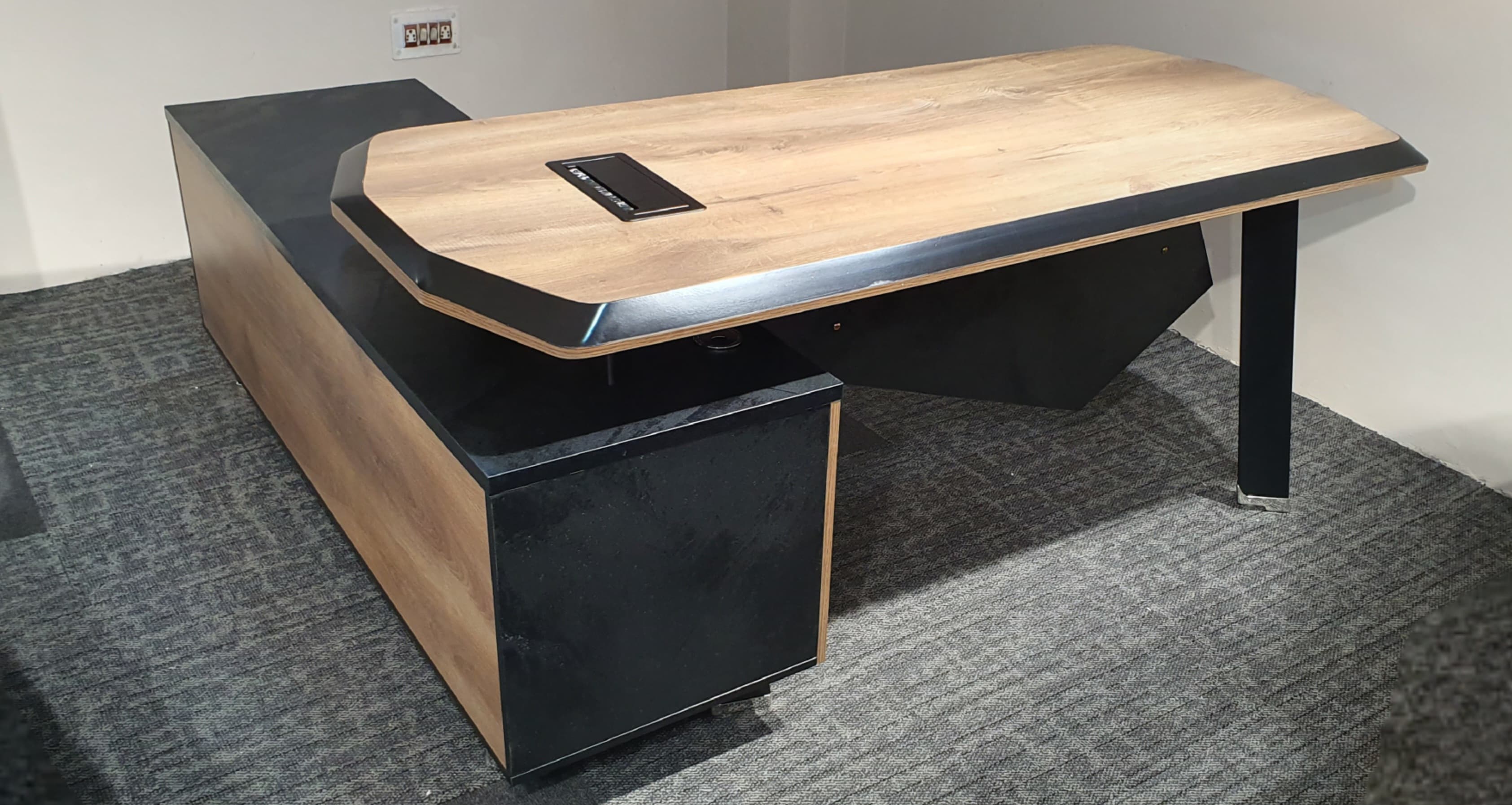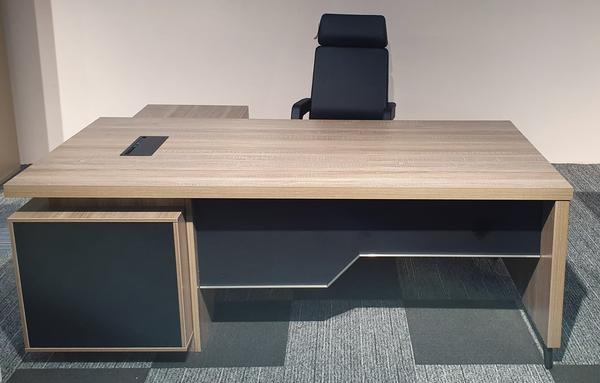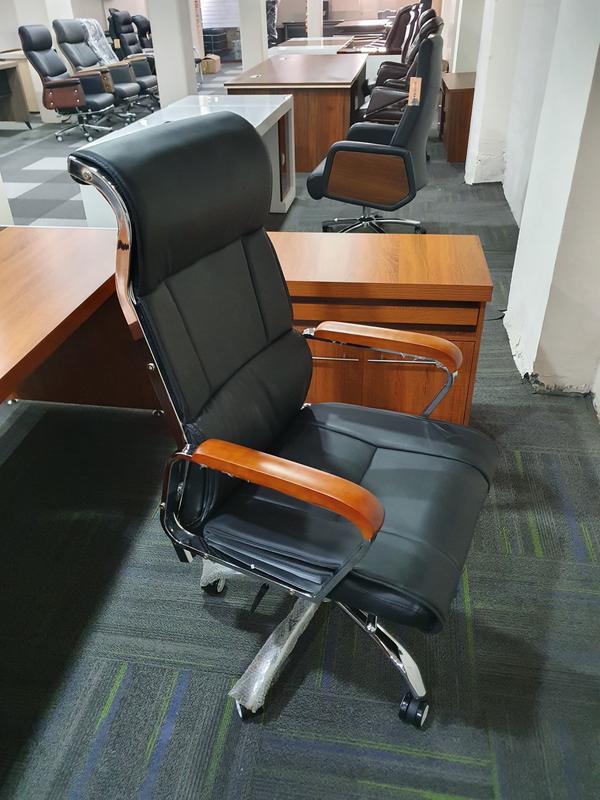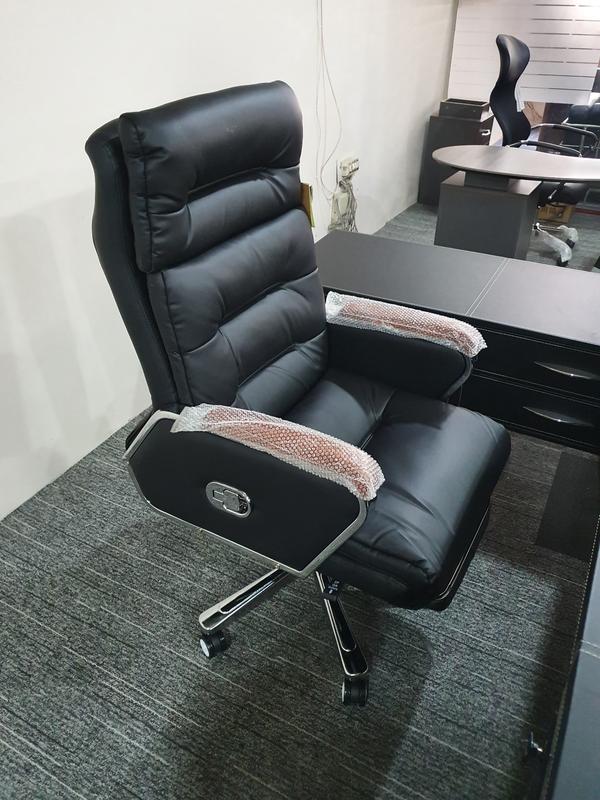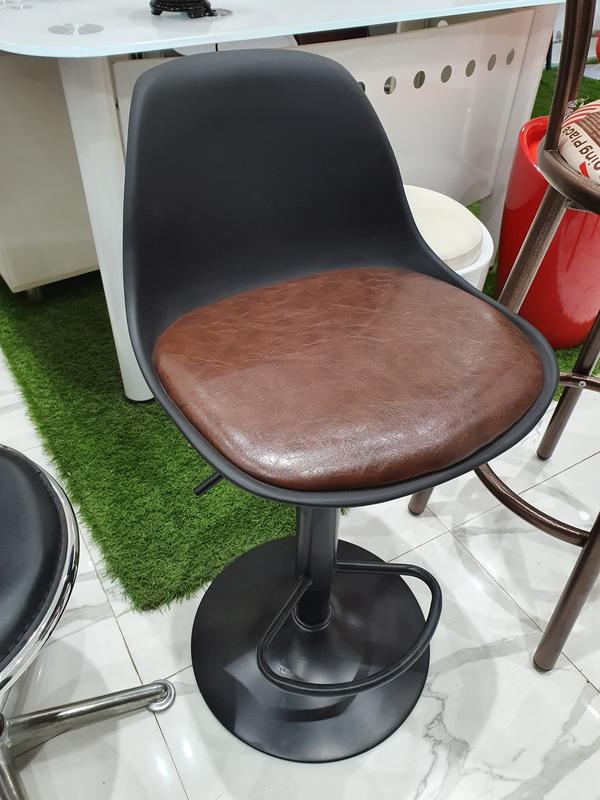Description
Product details
Key Features of an Office Table 1. Functionality Work Surface: The main purpose of an office table is to provide ample space for working. The surface should be large enough to accommodate a computer, keyboard, mouse, files, and other office essentials. Storage Options: Many office tables come with built-in storage solutions like drawers, shelves, or cabinets to store stationery, paperwork, or files. Some tables also have space for a printer or other office equipment. Cable Management: Modern office tables often include features for organizing cables and wires, such as cable holes or built-in cable trays, to keep the workspace tidy and organized. 2. Design Types Traditional Desk: A simple, functional desk with a flat surface and possibly one or two drawers. These desks are suitable for small spaces or minimalist workstations. Executive Desk: Larger, more luxurious desks that often include extensive storage options and a more polished, professional look. These tables may have a larger work surface and multiple drawers or compartments. L-Shaped Desk: Ideal for corner offices or for those who need more workspace, these desks form an L shape and provide additional surface area for work materials, files, and electronics. U-Shaped Desk: Similar to the L-shaped desk but with an additional side extension for more storage or workspace, typically found in executive offices. Standing Desk: Adjustable height desks that allow the user to alternate between sitting and standing while working, promoting better posture and health. Corner Desk: Specifically designed to fit into a corner, these desks offer more surface area and make efficient use of space in smaller rooms or offices. Compact Desk: A smaller, more basic design for home offices, apartments, or shared workspaces. Compact desks are often streamlined and ideal for single-tasking, like computer use. 3. Materials Wood: Traditional and popular for office tables. Solid wood like oak, walnut, or teak offers durability, a timeless appearance, and adds a warm feel to the office. Engineered Wood: MDF or plywood tables are a more affordable alternative. They can have wood veneers or laminate finishes to give them a polished look. Metal: For modern or industrial-style offices, metal desks with steel frames offer strength and sleekness. Metal legs and frames can also be combined with wood or glass for an elegant finish. Glass: A glass tabletop paired with metal or wooden legs can create a sophisticated and contemporary look. Glass office tables are easy to clean but can be more prone to scratches. Laminate: This is a more budget-friendly material used in many office tables. It’s available in various finishes and colors and is resistant to stains, scratches, and wear. 4. Ergonomics Adjustable Height: Many office tables now feature adjustable height settings to suit the ergonomic needs of the user. This is particularly important for promoting healthy posture, especially if you're sitting for long periods. Legroom and Clearance: A good office table should offer sufficient legroom for comfort. This is essential for people who need to work for long hours. Keyboard and Mouse Placement: The desk should allow for comfortable placement of the keyboard and mouse to minimize strain on the wrists and arms. 5. Aesthetic Appeal Modern: Sleek, minimalist designs with metal frames, glass tops, and clean lines are commonly found in modern office settings. Traditional: Classic wooden desks with carved details, ornate drawer pulls, and a polished finish create an elegant, professional appearance. Industrial: A blend of wood and metal, with exposed elements and a more rugged, utilitarian look, is typical of the industrial style. Contemporary: A fusion of modern and traditional styles, offering innovative designs with functional layouts.


